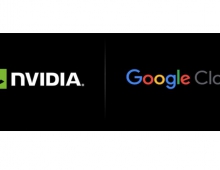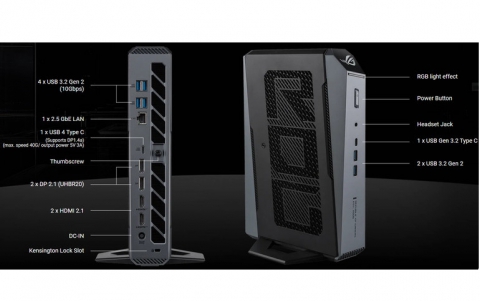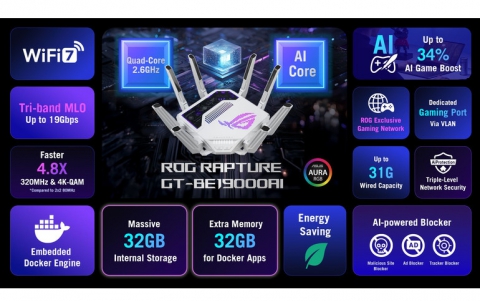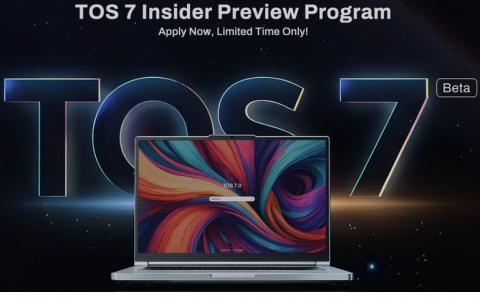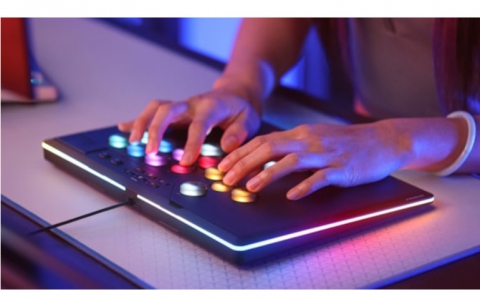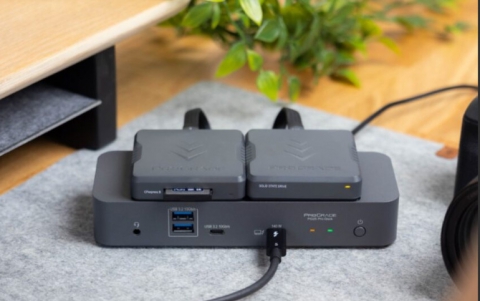
Google Unveils Chromebox For Business Videoconferences
Google is introducing Chromebox, a videoconferencing tool designed to make it easier for businesses to hold face-to-face meetings.
Google is partnering with Asus, HP and Dell to offer a specialized version of its Chromebox PC that comes with videoconferencing gear, and uses Google's free Hangouts video chat technology to connect up to 15 separate video streams from users in different locations.
Chromebox for meetings is powered by an Intel Core i7 processor and has a high-definition (1080p) camera, a combined microphone and speaker unit and a remote control with a full QWERTY keyboard on the back. It also comes with HDMI and DisplayPort, four USB 3.0 ports, Ethernet, and Wi-Fi 802.11 a/b/g/n.

Chromebox for meetings can be set up easily and the meeting rooms are managed from a web-based management console. You can even share your laptop screen wirelessly and with Google Apps integration, you can invite others and add rooms to video meetings, directly from Google Calendar.
Up to 15 participants can join the video meeting from other conference rooms, their laptops, tablets or smartphones. If you want to meet with someone who doesn't use Chromebox for meetings, all he /she needs is a Gmail account. You can also connect to rooms that have traditional video conferencing systems using a tool from Vidyo, and participants who prefer phones can join your meeting with a conference call number from UberConference.
Chromebox for meetings is available in the U.S. today starting at $999, which includes the ASUS Chromebox and a year of tech support. After that, customers will pay $250 annually.
Chromeboxes from HP and Dell will be available for meetings in the coming months. Later this year, Google plans to launch in Australia, Canada, France, Japan, New Zealand, Spain and the U.K.
Google's videoconferencing product will put the company in competition against Cisco and Polycom, which make the video conferencing systems used by many corporations.
Chromebox for meetings is powered by an Intel Core i7 processor and has a high-definition (1080p) camera, a combined microphone and speaker unit and a remote control with a full QWERTY keyboard on the back. It also comes with HDMI and DisplayPort, four USB 3.0 ports, Ethernet, and Wi-Fi 802.11 a/b/g/n.

Chromebox for meetings can be set up easily and the meeting rooms are managed from a web-based management console. You can even share your laptop screen wirelessly and with Google Apps integration, you can invite others and add rooms to video meetings, directly from Google Calendar.
Up to 15 participants can join the video meeting from other conference rooms, their laptops, tablets or smartphones. If you want to meet with someone who doesn't use Chromebox for meetings, all he /she needs is a Gmail account. You can also connect to rooms that have traditional video conferencing systems using a tool from Vidyo, and participants who prefer phones can join your meeting with a conference call number from UberConference.
Chromebox for meetings is available in the U.S. today starting at $999, which includes the ASUS Chromebox and a year of tech support. After that, customers will pay $250 annually.
Chromeboxes from HP and Dell will be available for meetings in the coming months. Later this year, Google plans to launch in Australia, Canada, France, Japan, New Zealand, Spain and the U.K.
Google's videoconferencing product will put the company in competition against Cisco and Polycom, which make the video conferencing systems used by many corporations.



